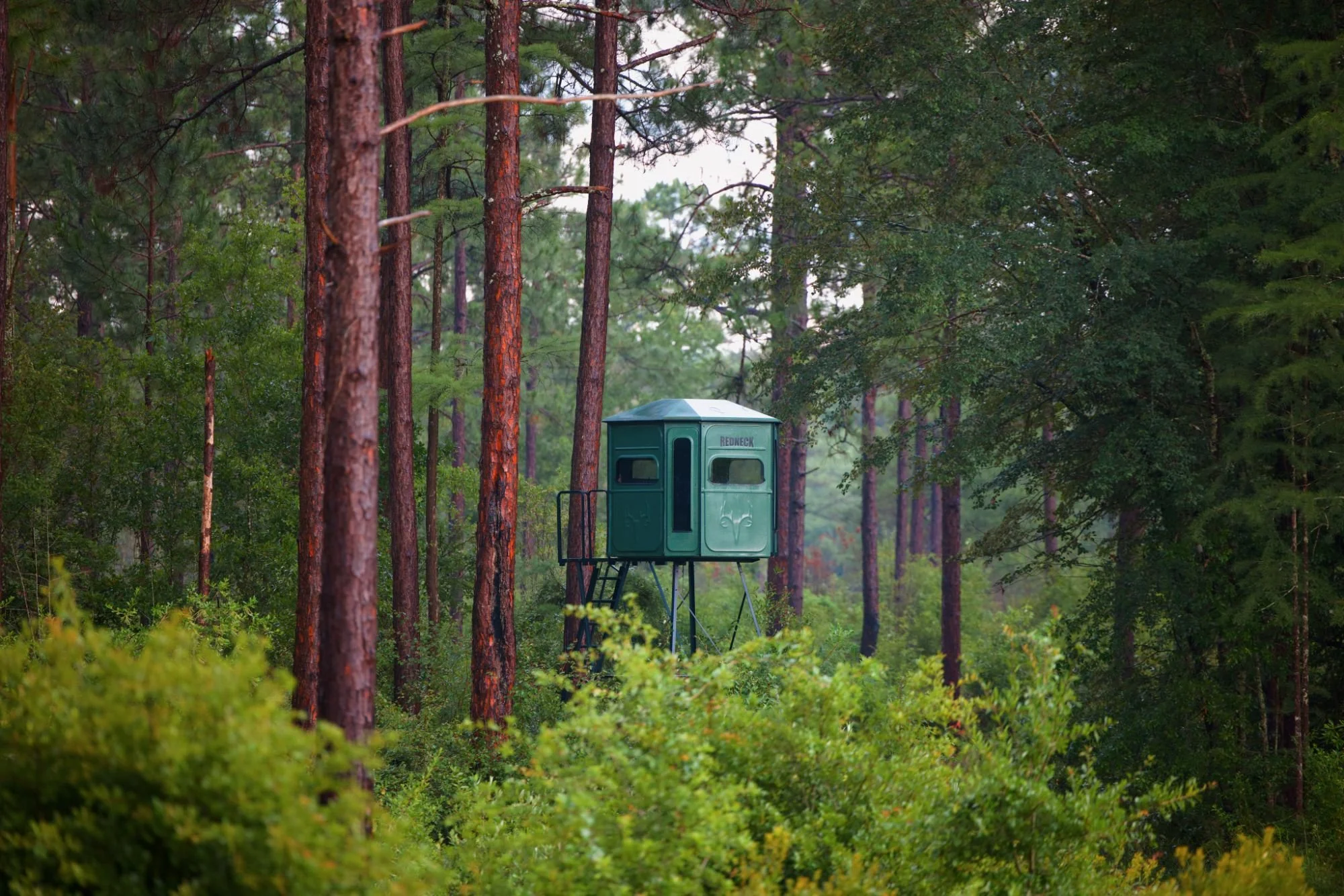The acorn effect: why your deer harvest strategy needs to change this year
Hitting your doe harvest target
Make sure you’re looking in the right places for your doe harvest.
As seasons begin to wind down, it's the perfect time to look at where you stand on doe harvest. Did you determine how many does to take before the season? Have you hit your target? If not, it's time to call in your good friends.
Many of you wait until after the rut to complete your doe harvest. Whether that’s a good or bad idea is a topic for another post. Either way, the target needs to be met, no matter your strategy. If your hunting strategy is not working, you need to pivot now to achieve your best results.
The masting year mystery: where did the deer go?
Don't accept that it's just an "off year," or that your deer population is lower than you thought. Too many landowners get caught up in making certain they have the best food plots and feeders money can buy, without considering what food sources are naturally available on the landscape.
This year, our clients across the Southeast are experiencing a massive acorn crop. This phenomenon is called a "masting year," which is when a forest (specifically oak trees and other hardwoods) produces an unusually large, synchronous crop of nuts or fruit. While this is a blessing for the health of our herds and land, it fundamentally changes the success rates of traditional hunting strategies.
The science behind the masting year
This massive output isn't a random event; it's a resource conservation strategy employed by trees. Research suggests masting years are often triggered by environmental stressors (such as weather variability or drought) or are a synchronization tactic to overwhelm seed predators. Because the entire forest produces food at once, the vast quantity exceeds what squirrels, mice, turkey, and deer can consume, ensuring a higher survival rate for the seed and regeneration for the forest.
While this abundance is a blessing for the long-term health of your herd and land, it fundamentally changes the success rates of traditional hunting strategies. The widespread availability of high-quality, free food across your property instantly competes with your planted “supplemental” food sources.
Why food plots aren’t working
Where are the deer? Probably under a healthy oak tree!
The questions we continue to hear are consistent:
"Why am I not seeing nearly as many deer as I normally do?"
"Did we overdo the doe harvest last year?"
"Where did all our deer go?"
The answer is simple: They are in the woods eating acorns.
At best, you probably have 10% of your property in cool-season food plots. Meanwhile, some of you have 30% or more in hardwood bottomland. During masting years, feeders and food plots do not matter nearly as much. Will they work sometimes? Of course. But if you're not seeing deer, it’s not an "off year." It's a sign that your scouting and stand placement need adjusting, now.
The cost-benefit misalignment
When you compare the cost and labor involved in annual planting, fertilizing, and maintaining food plots to the zero-cost, higher-calorie output of a masting forest, the value proposition shifts entirely. A single mature oak can drop hundreds of pounds of high-fat, high-carbohydrate food.
Focusing exclusively on food plots during a mast year means you are spending time and capital promoting a food source that is, at best, a secondary preference for the deer. Strategic land management is about leveraging what nature gives you, not competing with it.
Shifting your stand strategy today
How many stands do you have looking at oak flats versus food plots?
Consider moving your cameras off the feeders and finding a feed tree in the woods. This requires walking your property and looking for signs like fresh droppings and heavily worked leaf litter. You need to identify the specific oak species the deer are currently keying in on, as they often choose one type of acorn until it's gone.
Do not be afraid to walk your woods to scout. If you bump a deer, it’s not the end of the world; science tells us they will come right back within 24 hours (D’Angelo et al 2003).
Stop guessing: schedule your Land Asset Audit
While strategic scouting helps, the fastest and most accurate way to locate your deer population during a masting year is through advanced technology.
Are you skeptical about where your deer are spending their time? Do you want to know their daytime patterns with unparalleled certainty?
We offer a thermal drone inventory service specifically designed to locate and pattern deer during high-mast periods.
The Optimization Audit Deliverables
The goal of this service is not just to locate deer, but to provide actionable data for your long-term Land Asset Optimization. The deliverables include:
Real-time Population Map: A precise thermal map identifying current feeding concentrations and high-traffic corridors.
Verified Target Numbers: Accurate validation of your herd count, removing "off-year" assumptions.
Informed Timber Management: Data that identifies core bedding areas and likely travel routes. This allows you to plan future timber harvests to minimize disturbance in key areas, ensuring you don't inadvertently destroy prime corridors.
Don't accept that it’s an "off year." Schedule your Land Asset Optimization Audit today to turn uncertainty into a profitable strategy.


